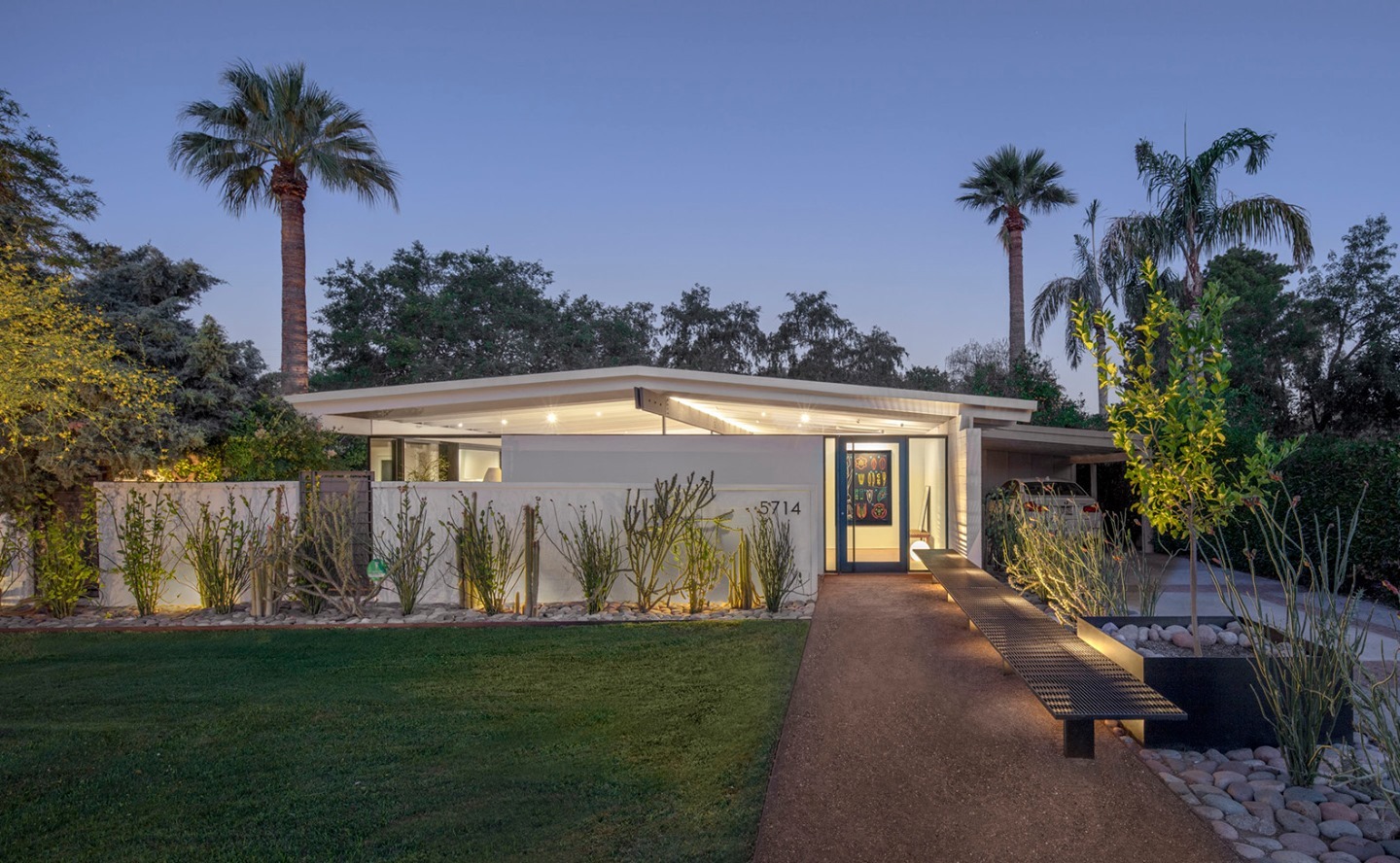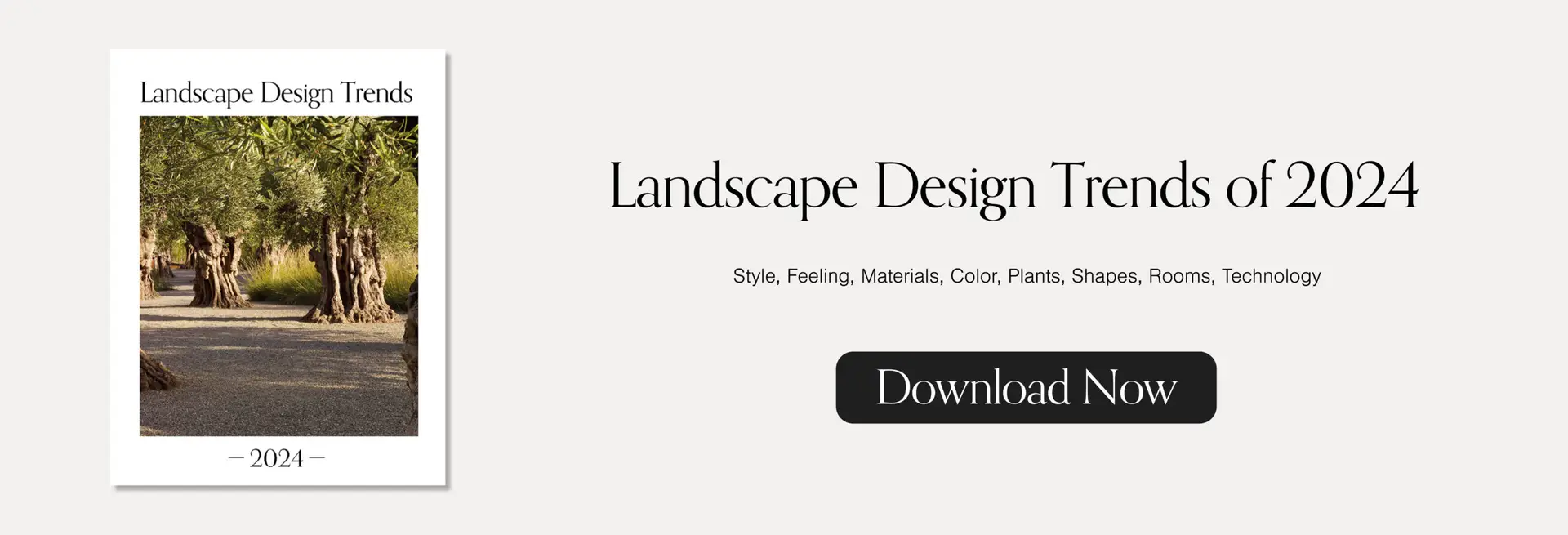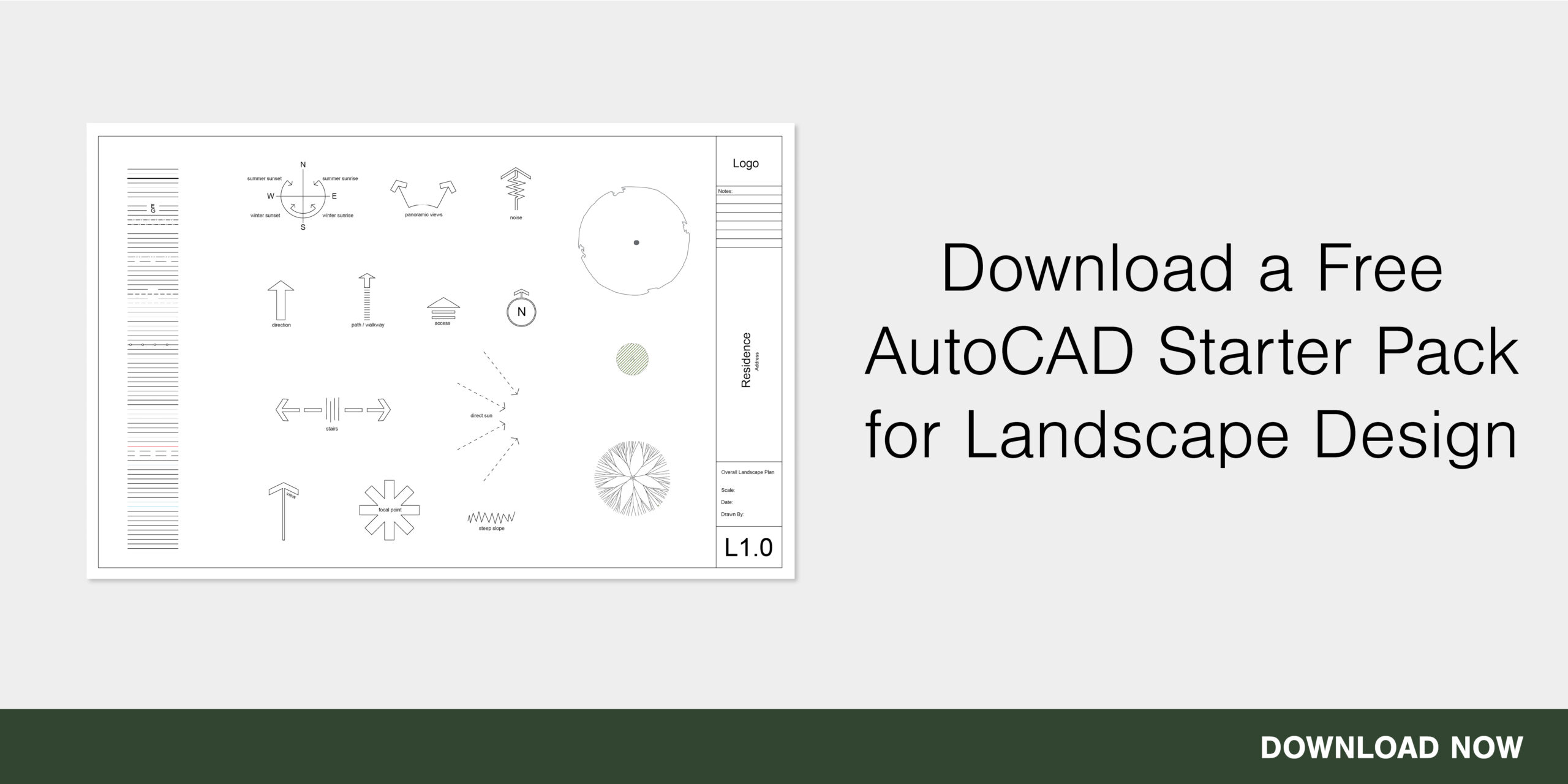
Good landscape design follows a set of principles that can be used in all types of projects, see how these principles make a difference.

Good landscape design follows a set of principles that can be used in all types of designs. Principles for landscape architecture include line, form, texture, color, scale, proportion, order, repetition, unity and rhythm. These principles are the foundation of effective landscape design and help designers and architects develop a set of rules to use on projects. For this reason, understanding each of these principles is essential for creating a cohesive landscape design. In this article, you will learn how to apply these principles to create a beautiful and sustainable landscape.


One of the most basic principles of landscape architecture is lines. Lines help create patterns and develop spaces in a design. Lines can also establish dominance and create a coherent theme in a landscape. These lines can be used to separate elements in a landscape design, including planting beds, sidewalks, and fence lines. You can use lines to create the illusion of depth and movement, or to provide a calming effect, as well.
A common term used in architecture to define a simple set of lines is often called motif. Motifs are typically generated through drawing 3 lines that captures a concept and distilling down to a comprehensible idea. These lines are important for creating a harmonious landscape design. Mixed with scale and proportion, lines can create repetition in the landscape for overall composition, so each line should be intentional and distinctive.
Lines are a powerful tool for creating sequences and patterns in a landscape but should be used thoughtfully. Too many lines can have negative effects on the landscape and Ican lead to monotony and confusion, so make sure to use a mixture of elements. This will make the entire design more cohesive and enjoyable. Also, keep in mind the proportion of the elements in the landscape design.


Form refers to the shape of a space or hardscape feature. Forms come in a variety of shapes, including square, rectangular, elliptical and natural but one project should stick to just one shape or a few, rather than combining all of them. Form plays a pivotal role in creating a balance in landscape design, establishing the foundation for any style. Whether you’re looking for a formal garden, a casual yard, or anything in between, form can make or break the final result for a homeowner.
Form is closely related to line, but it has more general implications. For example, a line creates a logical sequence through a landscape, while form refers to the shape of a space. The same principle applies to groupings of plants according to habit. Groupings of plants according to habit create a change in the look and feel of the landscape. Whether grouped or individually arranged, form is a crucial part of design composition.
Lines create form, which emphasize real and imaginary lines in a landscape. They play a crucial role in small and large spaces. Groupings help draw the viewer’s eye through the landscape and influence its movement on both vertical and horizontal planes. A varied palette and contrast are essential for maintaining visual balance and preventing any tediousness.
The oldest forms of spatial organization can be found in historic gardens and the use of opposite-quality objects is a common form in contemporary landscapes.

Texture is used to define space. It affects perception of distance and scale. For instance, a fine texture will make a space appear larger while a coarse texture will shrink the space. This is because texture is perceived differently depending on the distance from a plant. Similarly, rough textures are more likely to feel softer than smooth ones. In a landscape design, the amount of texture is important to create a pleasing overall effect.
Designing with textures works on both the hardscape and the plants in a landscape, but it is more effective on the latter. This design trick can be used to create a tapering landscape, which will create the impression of distance or distanceless space. Depending on how you use texture, it can also be applied to buildings or other objects in a landscape.
When selecting plants for a landscape, interest in texture is an important element. The foliar expression of texture can be achieved with a variety of plant materials, including annuals, perennials, ground covers, and ornamental grasses. Texture is also present in hardscapes, such as water features, split or crushed stone, and asphalt or concrete. Traditionally, textures were limited to paint, fabric, or wood decking, but today, textures can be found in almost every type of material.
Using contrast in landscape design is a key visual principle and texture brings this concept to life. Contrast in a landscape can make elements seem larger or smaller by placing them side by side. An example of this technique is a painting by David Roberts showing a small figure standing at the foot of a large monument. To add contrast, consider using a mix of different plants, each with a different texture, side by side from one another.


When creating a landscape, one of the principles of good design is to add color without using too many colors or not enough colors. Any over-done or recurring combination of color can create an impression of monotony and can be unsoothing. On the other hand, the right amount of color can give the landscape rhythm, accents, and unity. It can also help direct attention to a particular part of a garden or the focal point or a landscape.
Colors should be carefully considered when planning a landscape. While they are not the most important principle of design, they are an essential element. In addition, using the correct colors can add a certain dimension to the overall landscape. Bright colors advance toward the viewer, while cool colors recede. Natural or neutral colors are best for background and foreground areas.
If you’re designing a garden, you can incorporate colors into the design to make it more interesting. One of the best ways to do this is by incorporating complementary colors. Depending on your personal preferences, complementary colors tend to be the most pleasing to look at. However, it’s best to be careful not to use colors that are overwhelmingly similar to each other. For example, a purple spring-flowering plant will not look good next to a yellow fall-flowering plant.
Three principles of good design that compliment use of color well are repetition, transition and rhythm. Repetition is best used when considering form, texture and color all together. Transition refers to a gradual change, whether it is in color or arrangement. Transitions create a three-dimensional effect in a landscape composition. Rhythm is a sequence of rests and movements. When used correctly, each element of a landscape is a pathway through which the viewer’s eye is drawn. You should always follow these principles as you design your landscape.